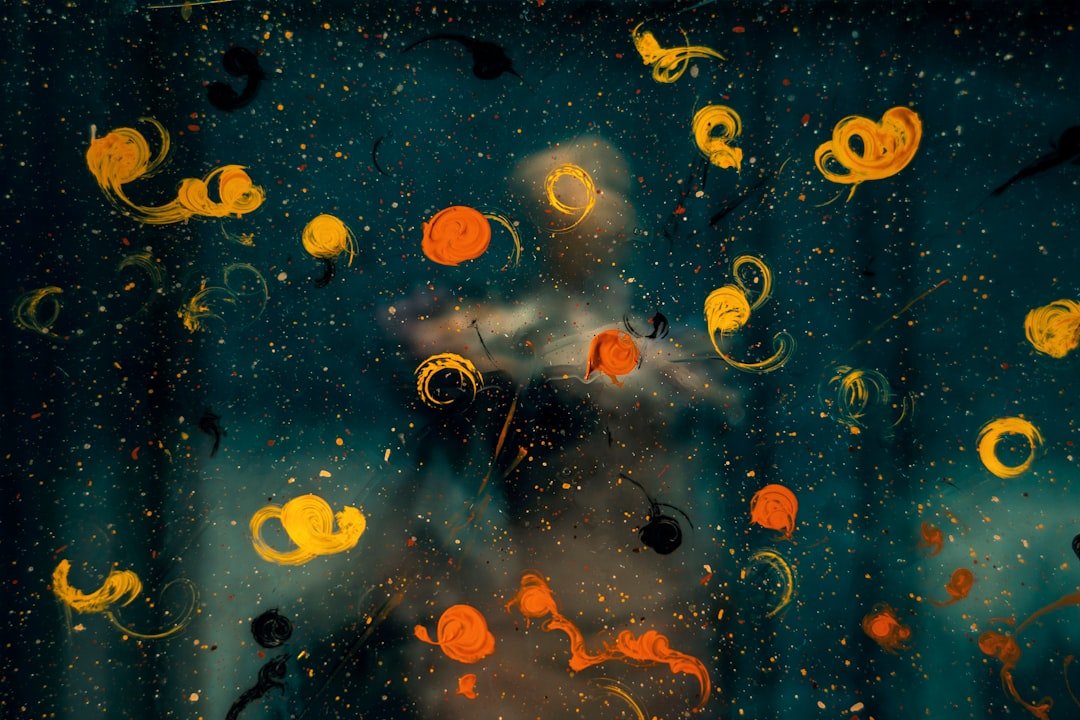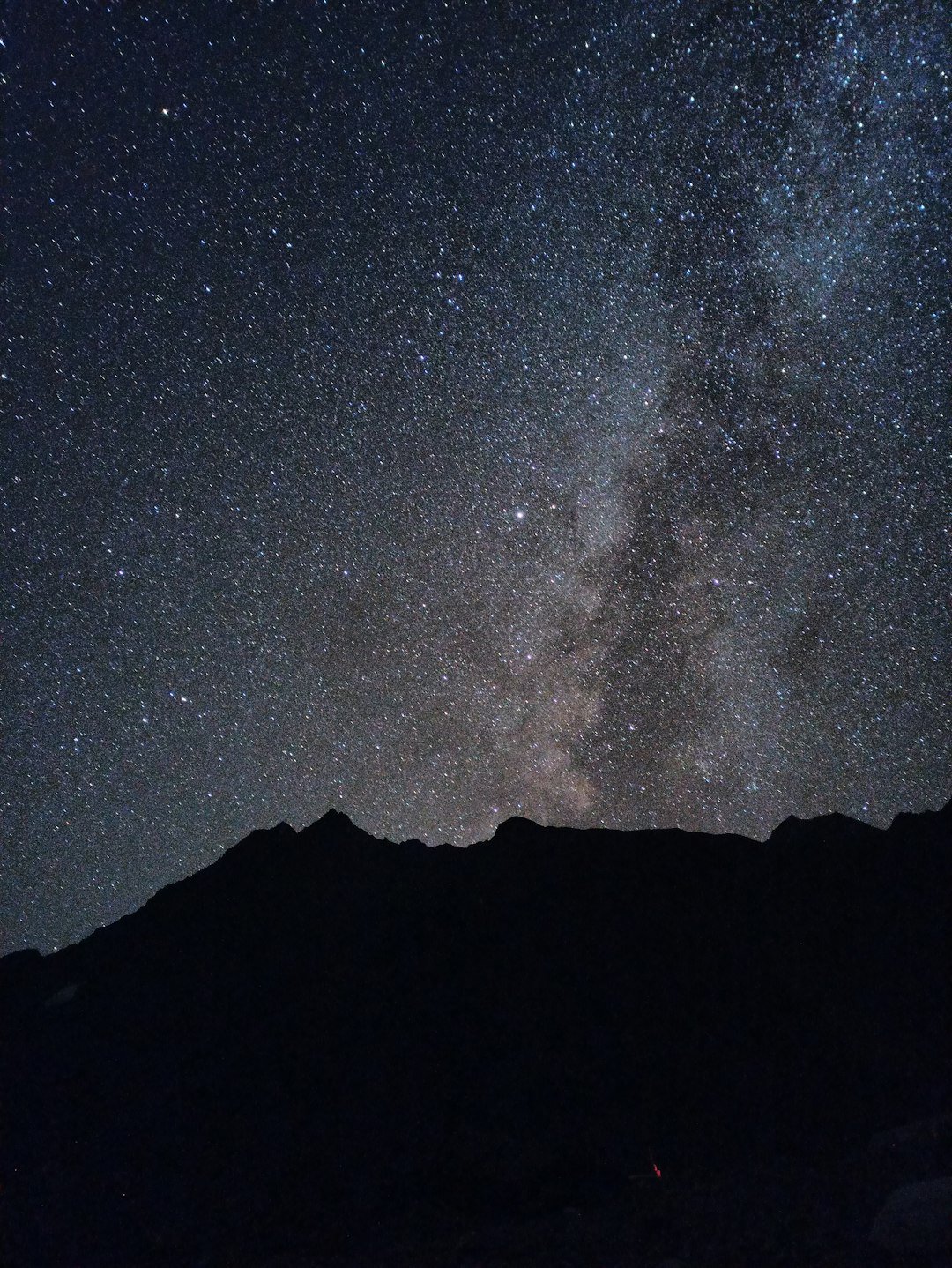The idea that life didn’t actually begin here on our little blue planet might sound like something out of science fiction, but scientists are finding increasingly compelling evidence that our existence could have cosmic origins. Maybe we’re not just stardust poetically speaking – we might literally be descendants of life that traveled across the vast emptiness of space. This growing body of evidence is reshaping how we think about life’s origins and our place in the universe.
Complex Organic Molecules Are Everywhere in Space

Space isn’t the sterile, empty void we once thought it was. Experiments consisting in the irradiation of interstellar ice analogs with stellar-like UV radiation have shown that indeed, the building blocks of the RNA can be produced in space. These discoveries have fundamentally changed our understanding of chemistry beyond Earth.
Recent findings have been particularly striking. The molecule, which scientists have been trying to detect in space for decades, is carbonic acid, a precursor to amino acids, the basic building blocks of proteins. “The discovery of carbonic acid in space certainly tells us that the chemical ingredients for life are present out there, in the gas that will form new stars and planetary systems,” This suggests that the molecular foundation for life might be a cosmic norm rather than an Earth-specific accident.
Meteorites Deliver Life’s Building Blocks to Earth

Scientists confirmed in 1970 that the Murchison meteorite contained amino acids, primarily glycine, and that those organic compounds likely came from outer space This wasn’t a one-time discovery – it opened the floodgates. Here we report ten new amino acids identified in the Murchison meteorite, including a new family of nine hydroxy amino acids.
What makes these discoveries even more remarkable is their complexity and diversity. More than 14,000 unique molecular combinations were found in a 2010 study of the meteorite. It’s like finding a cosmic chemistry set that’s been delivering ingredients for life to Earth for billions of years. These aren’t simple compounds – they represent sophisticated molecular structures that would have been essential for early life.
Pristine Asteroid Samples Confirm Cosmic Chemistry

The OSIRIS-REx mission brought back samples from asteroid Bennu that have revolutionized our understanding of space chemistry. The discovery of amino acids, abundant ammonia, and the bases of DNA and RNA on asteroid Bennu suggest that materials essential to life might be widespread throughout the solar system. These samples contain organic molecules including amino acids and other compounds that could be ingredients for life.
What’s particularly exciting about these findings is their pristine nature. “These organic molecules have all been found previously in meteorites, but in contrast to meteorites, the Bennu samples are pristine and were protected from heating during atmospheric entry and exposure to terrestrial contamination” It’s like having a time capsule from the early solar system that shows us exactly what was floating around when planets were forming.
Extremophiles Prove Life Can Survive Space Travel

Some of Earth’s toughest creatures have shown they can survive the brutal conditions of space for years. Now, new findings published today in Frontiers in Microbiology, based on that experiment on the International Space Station, show that the bacteria Deinococcus radiodurans can survive at least three years in space. Akihiko Yamagishi, a microbiologist at Tokyo University of Pharmacy and Life Sciences who led the study, says the results also suggest that microbial life could travel between planets unprotected by rock.
The resilience of these organisms is mind-boggling. In August 2020, scientists reported that bacteria from Earth, particularly Deinococcus radiodurans bacteria, were found to survive for three years in outer space, based on studies conducted on the International Space Station (ISS). Even more impressive, These have shown that when given basic protection, spores, lichens and even tiny animals known as tardigrades could survive for a few years in space.
DNA Evidence Points to Extraterrestrial Origins

The way life organizes its basic chemistry might hold clues to its cosmic origins. These include the detection of biomaterial in comet dust collected in the stratosphere, discoveries following from the space exploration of comets and the surprising evidence from DNA sequence studies indicating the role of extrinsic viruses in the evolution of terrestrial life. This suggests that genetic material has been flowing between space and Earth for eons.
Scientists at prestigious institutions are taking these possibilities seriously. A team of prominent scientists at MIT and Harvard are sufficiently convinced in the plausibility of panspermia that they have spent a decade, and a fair amount of NASA and other funding, to design and produce an instrument that can be sent to Mars and potentially detect DNA or more primitive RNA. In other words, life not only similar to that on Earth, but actually delivered long ago from Earth.
Mars Could Be Life’s Original Launching Pad

Earth might not have been the best place for life to get started. Molybdenum isn’t believed to have been present on Earth at the time life originated, although it could have been present on Mars. This form of molybdenum requires the presence of oxygen, which was poor on the surface of early Earth, but not on Mars. Additionally, Water is actually corrosive to the fundamental building blocks of life– DNA, RNA, and proteins. On early Earth, the surface was filled with water. But on Mars, there were scarce amounts of water.
The evidence for material exchange between Mars and Earth is concrete. We know that Mars and Earth have exchanged rocks. Over 200 meteorites found on Earth are confirmed to be from Mars, blasted away by ancient impacts and flung across space before landing here. Some of these meteorites contain structures that, to some researchers, resemble fossilized microorganisms. The most famous example is ALH84001, discovered in Antarctica in 1984.
Conclusion

The evidence continues mounting that life’s story might be far grander than we ever imagined. From organic molecules forming in the freezing depths of space to hardy microbes surviving years in the cosmic void, the universe appears to be teeming with the ingredients and mechanisms for life to spread from world to world. While we haven’t found definitive proof of extraterrestrial life yet, the clues are pointing toward a cosmos where life isn’t rare or isolated but rather part of a vast, interconnected web spanning galaxies.
These discoveries don’t just change how we think about life’s origins – they transform our entire perspective on what it means to be alive in this universe. If life can indeed travel between worlds, then we’re not alone on our little island of existence. We’re part of something much bigger, something that connects every living thing to the stars themselves. What other surprises might be waiting out there in the cosmic dark?



